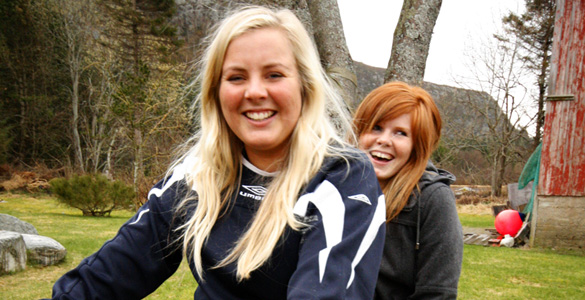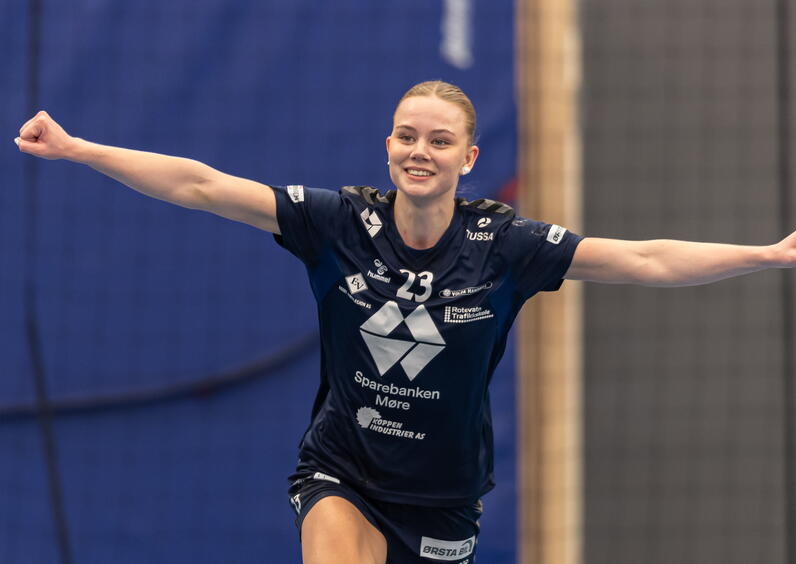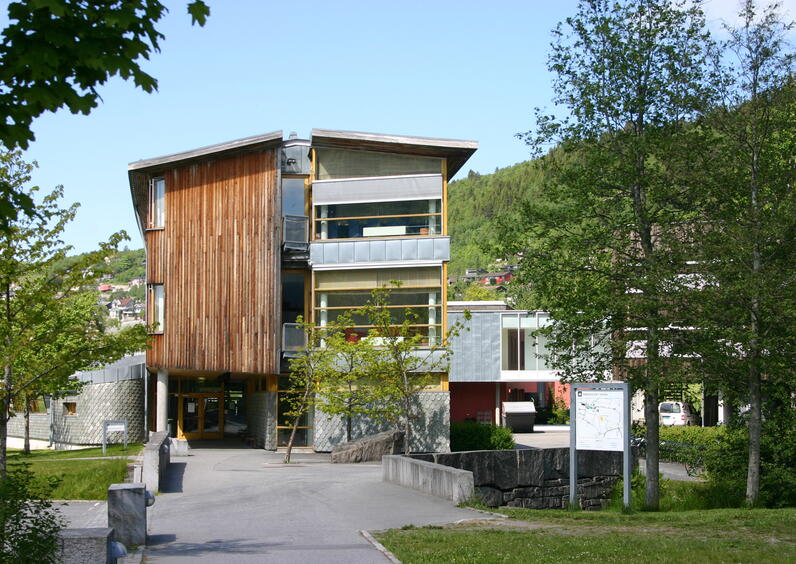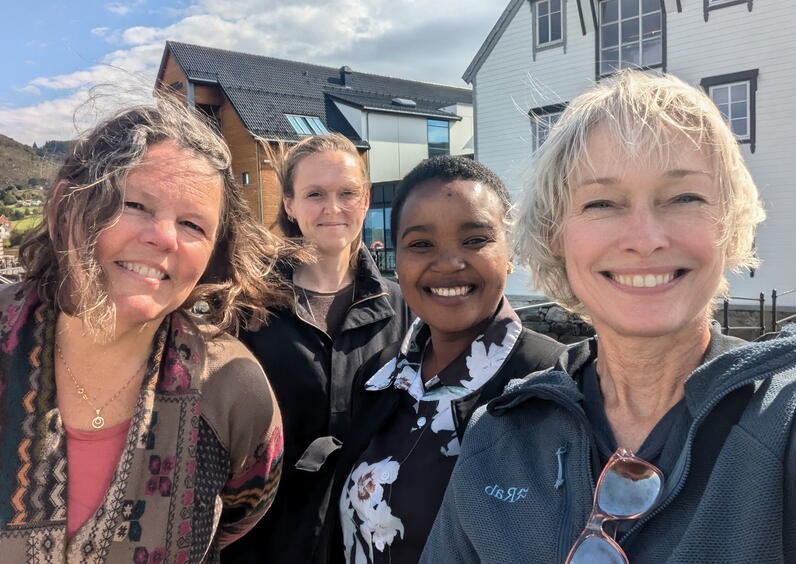Exciting module: Introduction to the Contemporary Welfare State
Exchange students in the autumn semester 2013 have an excellent opportunity of getting insight into the Norwegian society and its welfare, as well as other welfare states outside Scandinavia. The course consists of three main parts and will give participants 15 ects upon completion, as well as a full overview on the Norwegian society, economy and politics.

Norway as a multicultural society
Especially after the tragedy on the 22nd of July 2011, which marked the Norwegian society, the Introduction to The Contemporary Welfare state helps students perceive the country as a multicultural society, focuses on processes of marginalization and social exclusion. The special focus of the course is to provide the students with analytical competence on societal structures, especially central aspects of the Norwegian Welfare State, the role of welfare professions etc. Comparison with other welfare state outside Scandinavia is also a central issue on the course.
A central typology divides welfare states into three different regimes:
The liberal (as in USA)
The conservative/corporative (as in Germany)
The social democratic (as in Norway).
The different regimes divide the production of welfare between state, market and family in considerably different ways, with significantly different consequences for the amount and distribution of welfare. The social democratic, or Nordic, model is characterised by generous social universal social policies and a broad spectrum of public services. It is based upon high employment, which gives a broad basis for publicly tax-financed welfare. Equal opportunities and a levelling of social and economic differences are central goals.

An important part of the subject is visits to NAV - The Norwegian Labour and Welfare Administration office, or other relevant welfare offices. Students get first hand information about the situation on the labour market in Norway, living on benefits, how does the government helps citizens back on the job market, statistics and, not least, they learn about welfare and dynamics at a local and regional level.
Relevant for many areas
The course is aimed at students with various backgrounds. In the extremely media oriented contemporary society, the course is highly relevant for journalism students as well as social sciences students. Economy, politics and healthcare are just some of the topics in the course and they give opportunity to a wide group of students to learn more about how they affect the society in Norway and how Norway perceives the societies outside its borders.
 | Students say…- The teachers are very friendly and helpful in every lesson, but also outside classroom. The lessons are good and many interesting things are mentioned. The course is very good to have a look into the political, economic, social system of Norway and learn more about them.- This course focuses on very practical information. Connecting theory and practice (excursion to NAV) we could see first-hand how theory works/does not work in reality- I learned lots about Norway. The seminars were useful, and while we worked in groups, we learned also about each other.- The course made it possible to study different types of welfare states. It was interesting to look at the different ways of organising welfare.- The course was very interesting and useful. I can say only good things about this course, because I really enjoyed it. |
For detailed information about the course Introduction to Contemporary Welfare State ICWS101, please have a look here.






